Notebook: Illumination
Writer and artist Mai'a Williams elucidates the persistence of white supremacy in the cultural landscape of a small town in Minnesota, and reflects on the intimacies with place, family, community, empire, and violence that weave through her creative practice.
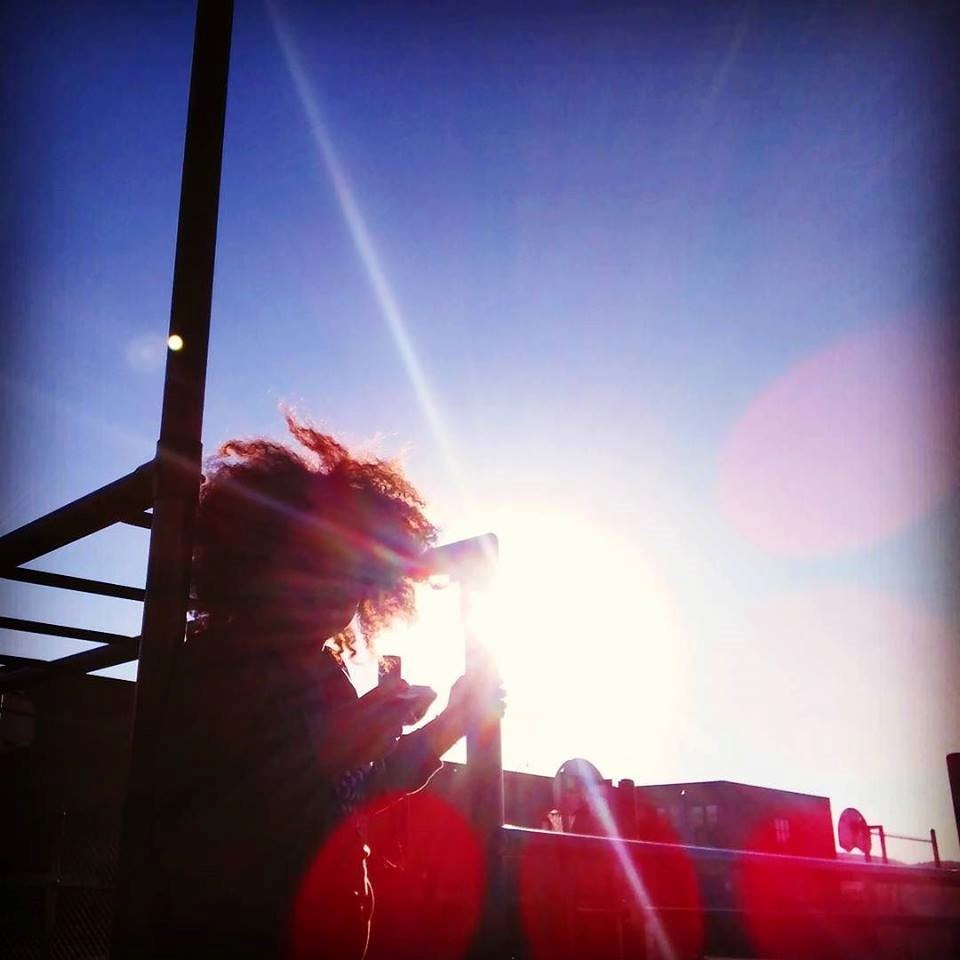
I. Looking Directly Into the Face of Empire
“There is no simple formula for the relationship of art to justice. But I do know that art—in my own case the art of poetry—means nothing if it simply decorates the dinner table of power which holds it hostage.”
Adrienne Rich in her 1997 letter to turn down the the National Medal of Arts
“The only dream worth having is to dream that you will live while you are alive, and die only when you are dead. To love, to be loved. To never forget your own insignificance. To never get used to the unspeakable violence and vulgar disparity of the life around you. To seek joy in the saddest places. To pursue beauty to its lair. To never simplify what is complicated or complicate what is simple. To respect strength, never power. Above all to watch. To try and understand. To never look away and never, never to forget.”
Arundhati Roy, The Cost of Living
My daughter, my mother and I will spend slow August country days, visiting family and churches, cooking and eating together, placing flowers on gravestones and living room tables in a deeply rural town called Pageland, South Carolina. We will drive to an even smaller, more rural town to visit my great-great-grandmother’s gravestone. She was born a slave, and after emancipation worked as a community midwife. We will sleep in the house that my family built for my grandmother a few years before she died. It stands in the same place as the house I spent my childhood summers in. My mother will tell us stories of growing up in this small, deeply segregated town, her childhood full of joy and dramas, shelling peas, starchy white dresses and school recitals. I will tell my daughter stories of the summers 20 and 30 years ago, when I played city mouse to my country cousins. My grandmother and I would stay up after everyone was sleeping and talk about god, dreams and the racist kids who I went to school with “up north”. We ran barefoot in the sand in the steamy, golden afternoons as my grandmother made dinner and watched her “stories” on the TV.
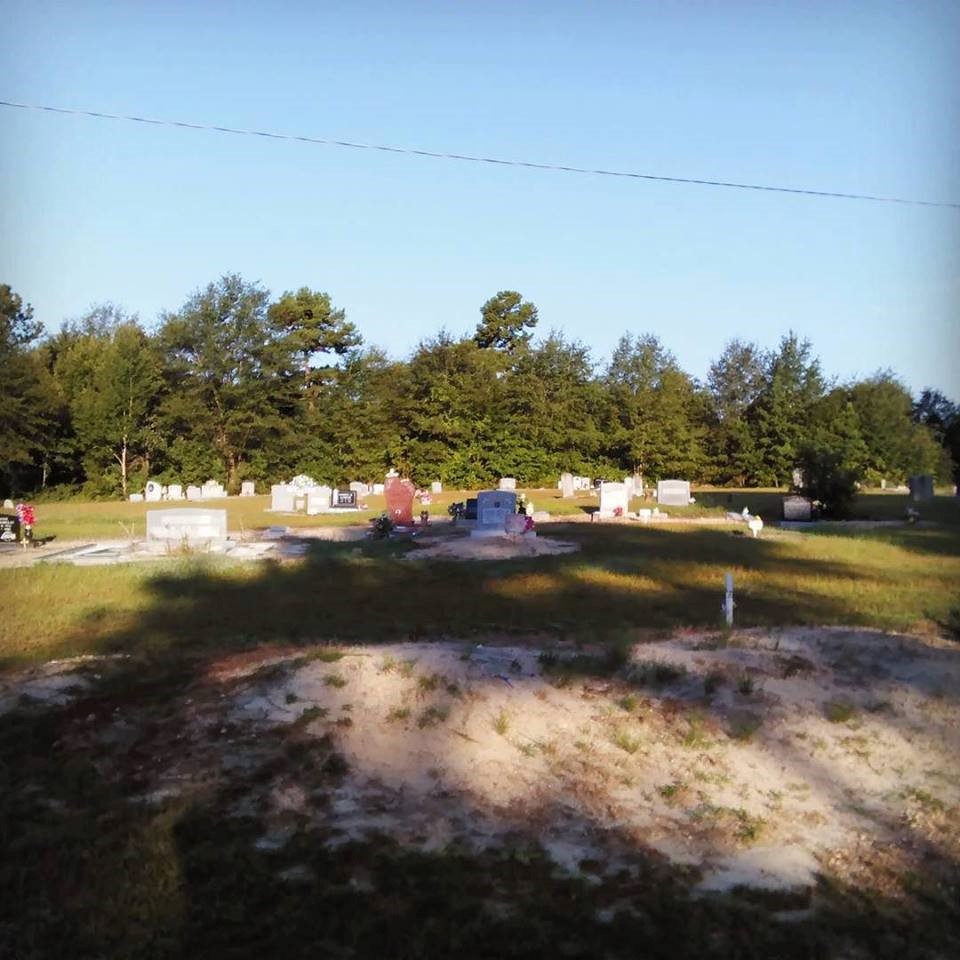
It was on this land, on our family homestead, that I learned to be a writer. I filled the long, lazy days by writing poems and fairy tales. I read all of the encyclopedias on my grandmother’s bookshelf, as well as the books her children had left at her house after they finished university. I memorized long passages of the King James Bible and internalized a sense of how expansive and rhythmic the English language is. I sat quiet and listened to grown folks talk with all of the colorful descriptions and musical phrases present in Black Southern English about the racial and gender violence that ran through the family history, and churches and towns. I learned to listen to them and not turn away.
I try to take my daughter to rural South Carolina as often as we can, to this homestead. This land is miraculous, having been owned by our family of Black Native rural folks since the turn of 20th century. We kept it in our family despite being surrounded by the KKK. We did so with guns, with violence, with a deep belief in self-defense. This is what I teach her. That she comes from a place. A place that we love, in its simplicity, its deep forests and sandy earth, its rusty trailers and cinder block cars, its wild dogs and wildflowers. She exists, in part, because generations before her protected this land from white people who would have taken it from us. Our survival and our subjection are both shaped by violence. And we owe it to our ancestors to protect this land and ourselves from those who would wish us harm. And we can only do this if we name the violence that threatens us.
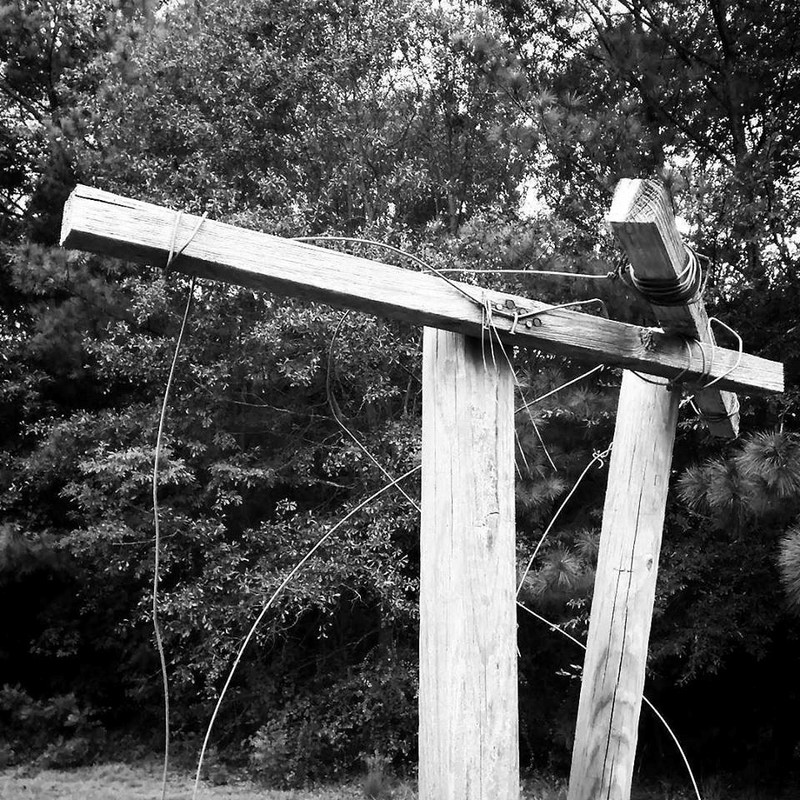
Most of my work concerns the violence that we are subjected to and that we do to each other. The small and large violations. The ways that we insist on calling violence by any other name. We call it civility, we call it politeness, we call it honor, we call it history, or future or religion or respect. I have taught myself to look in the face of violence and call it violence and not to turn away.
I have lived in the Middle East, Latin America, Africa, North America. In small rural villages and megacities, small towns and seasides, with friends and strangers. With mamas and kids, dogs and goats and chickens and kittens, artists and shepherds. I have been threatened by Egyptian police and Israeli soldiers, by Salafi neighbors and drunken white country boys. I have friends who escaped to Cairo from a war in Sudan to find themselves in the midst of a civil war in Egypt, friends who escaped Turkey because they refused to serve in the army and now struggle to make a life in Berlin, friends who left Venezuela because the revolution they fought for has turned against them. And none of this was “fair”, none of it was “deserved”, it was just the violence of empire. And their lives—our lives—are full of joy, because we insist on it. Frankly, I have no need to succumb to a just-world theory in which I imagine that people in the end get what they deserve, or that thinking positively will change people’s economic position under late-stage capitalism. That recycling or a “green” economy will stop the corporations’ destruction of this planet. That if we just elect the right president then the imperial machine will grind to a halt or even slow down. I make art as a means of looking directly at the world and to connect with those in rural Minnesota or rural South Carolina or rural Egypt who do not or cannot look away from the violence that is destroying everything we love.
I’ll be honest. I’ve never felt comfortable in small-town Minnesota and I often couldn’t pin down what it was. It wasn’t just the whiteness of the town, or the six months of winter. But my mother came to visit me this spring, and she said this town reminded her of the small towns she grew up around, and I started to see Minnesota differently. My mother desegregated her high school in the 1960s. This town in Minnesota is still segregated and the townspeople call it tradition, they call it normal, they call it genteel. I call it violence.
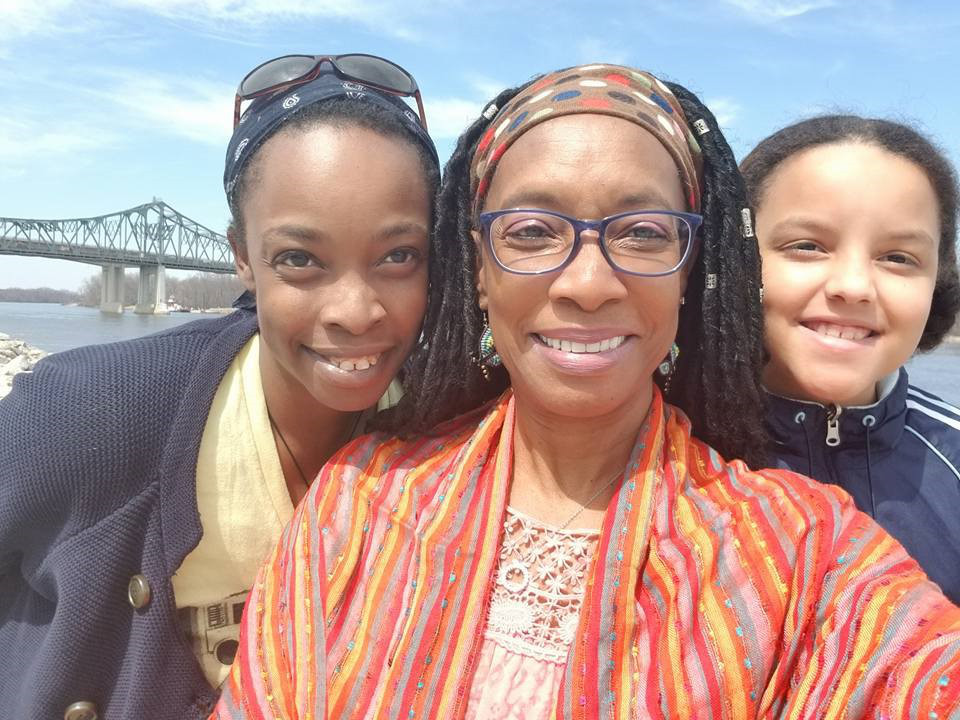
For me, art making is a form of mothering, and I teach my daughter what my grandmother taught me. A fierce loyalty to our survival. To never be in denial of the small and large violences in the world. To look at the violence of empire for what it is. To stand in the midst of the discomfort, the shakiness, the ickiness that comes with knowing how violent the world is for some of us. And that there is an “us.” And that “us” is community. In my art, I try to show both the violence and the choices that we can make to turn toward each other, in kindness, in solidarity, in kinship, in righteous anger and nurturing.
May my art be accessible. May I use words and images that translate across dialects and experiences. Not in a way that reaches towards the universal, but in a way that acknowledges that we are not all native English speakers, we are not all from the same cultural, ethnic or linguistic milieu, not in New York and especially not in a small town in Minnesota. We need stories that speak to our joy and survival and that reveal plainly the structures that are shaping our experiences. Especially those structures that those in power don’t want us to name like race, like violence, like genocide, like empire. May my work illuminate how empire shapes our intimate experiences, such as romantic love, or mothering, or friendship, or sex, our sense of home and belonging, our emotions and dreams and how we can find new ways toward joy and liberation, toward nurturing and forgiveness.
In the book Joyful Militancy: Building Thriving Resistance in Toxic Times, the writers Carla Bergman and Nick Montgomery say, “For Spinoza, the whole point of life is to become capable of new things, with others. His name for this process is joy… A joyful process of transformation might involve happiness, but it tends to entail a whole range of feelings at once: it might feel overwhelming, painful, dramatic, and world-shaking, or subtle and uncanny. Joy rarely feels comfortable or easy, because it transforms and reorients people and relationships. Rather than the desire to exploit, control, and direct others, it is resonant with emergent and collective capacities to do things, make things, undo painful habits, and nurture enabling ways of being together.”
I make art because my grandmother taught me that to survive we must make community, a joyful noise unto the world.
II. There is Nothing Special About Sunsets in This Town
I live in a small settler-colonial town in southeastern Minnesota. It is 97 percent white. One percent Black.
When I ask most white folks why they moved here, they tell me, “Because it’s safe, because of the natural beauty, because we didn’t want to raise our children in the city.” I wonder about people who visited this town, saw a sea of white people, and thought, “Yes, this feels safe, this feels naturally beautiful, this feels like an easier place to live.”
A month ago, a white police officer physically abused two Black boys, 12 and 15 years old, stomping his knee in the boys’ backs as they were face down on the ground, because the boys were joking loudly in a public park. I watched the video of the police attack on social media. I watched people’s responses to the video on social media. Some responses from white town members were reasonable, against violence against children, critical of the police officer’s irrational behavior. But other folks claimed that this was an acceptable use of force against children, these children needed to be disciplined, we shouldn’t jump to conclusions, and we needed all the facts before we judge this officer. The traditional white apartheid-settler responses to violence against Black bodies.
Here are the facts. White safety and security are directly and structurally connected to state violence against Brown and Black children’s bodies. White people self-segregating into white towns and directing state violence against the few Black bodies that live there is the essence of white supremacy. I don’t know if this small town was a sundown town, but I do know it was surrounded by them, and that gives effectively the same anti-Black results.
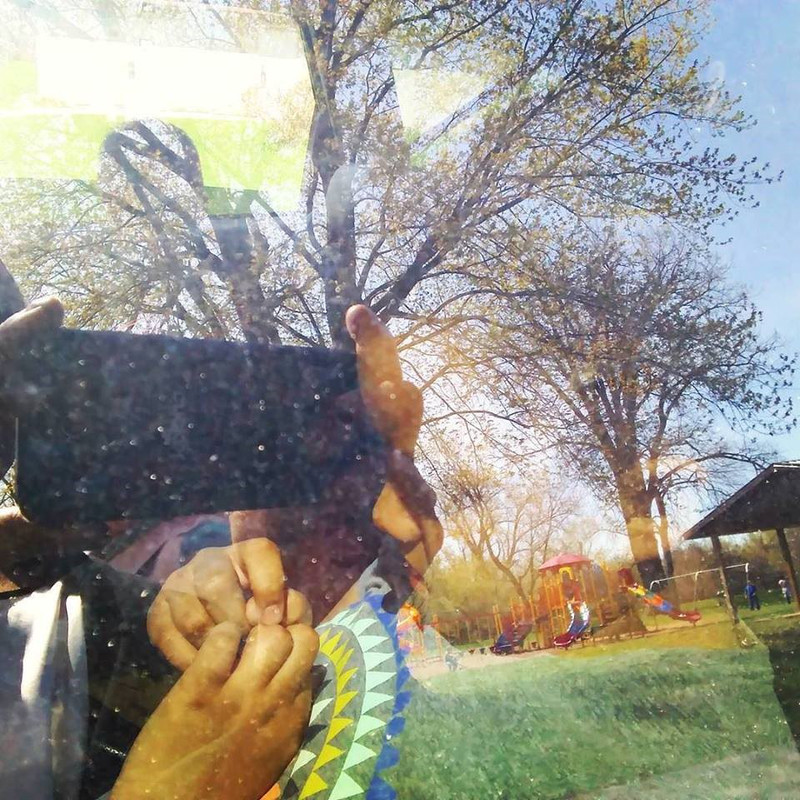
When I first came to this town three years ago, I wrote about another instance of white supremacist violence against a Black child’s body. For months, white folks used to joy ride in pick-up trucks decorated with Confederate flags through a small Black neighborhood. Then in late spring, a joy rider hit a small Black child. For months before, the Black community had tried to do everything they could to stop this danger, calling the police numerous times over months and receiving little to no response.
But now, one white woman called the police because two Black boys were joking around in a public park and the police treated the children like they were enemies of the state.
In response to the violence three years ago, I wrote, “this was the same summer that the church in charleston was attacked by a white supremacist and 8 people were killed and bree newsome, in response, climbed a flag pole reciting the gospel and grabbed the confederate flag from in front of the south carolina state building. it was the summer after the baltimore uprising and after nyc uprising and after the ferguson insurrection and after the names and places of black deaths and black protests have become too numerous to keep track of and I dont feel safer in winona than I would in nyc. There are 8 million people in nyc and I only know like 10 of them. But those 10 would light the world on fire if someone hit my daughter in a dukes of hazard drive by.”
Sometimes I have panic attacks in this town. It is hard to explain what it does to the nervous system to live in a town, as a dark-skinned Black woman, where I am constantly receiving the message, silently and loudly, that I shouldn’t be here, that I am suspect.
Some folks will see this as an angry missive. And they are right. I am angry. I want Black folks to survive and thrive in all their joy and jokes and blooming life everywhere. And there are so many people who don’t want that for us. But it is not only anger, it is also despair and hope, it is forgiveness and determination, and fear. It is so much fear. For myself. For my daughter. Fear of white folks who don’t feel safe enough when we are around them.
My daughter told me that when she sees a Black person sometimes she can’t help but stare, we are so rare here. I told her, “That is fine. Just make sure you give a slight nod to the Black person. That is how we acknowledge each other in white spaces. That is how we show each other that we will care for each other in the face of white fear.”
Another person said that the reason they live in this town is for the sunsets. I have traveled through a lot of the world and frankly, I have never seen an ugly sunset. There is nothing special about the sunsets in this town. There is nothing special about the landscape. There are so many beautiful trees and hills in the world, there are so many joys.
Don’t believe the justification that says there is something so special about this land, this small town, that we can forgive apartheid and settler colonialism. This is an old settler-colonial trope. “The land was beautiful, so full of birds and fish, so enticing—we had to take it. We just had to.”
White folks don’t belong on this land. It’s not theirs. White police officers don’t belong on this land. But they are here. As guests. And they should act like guests.
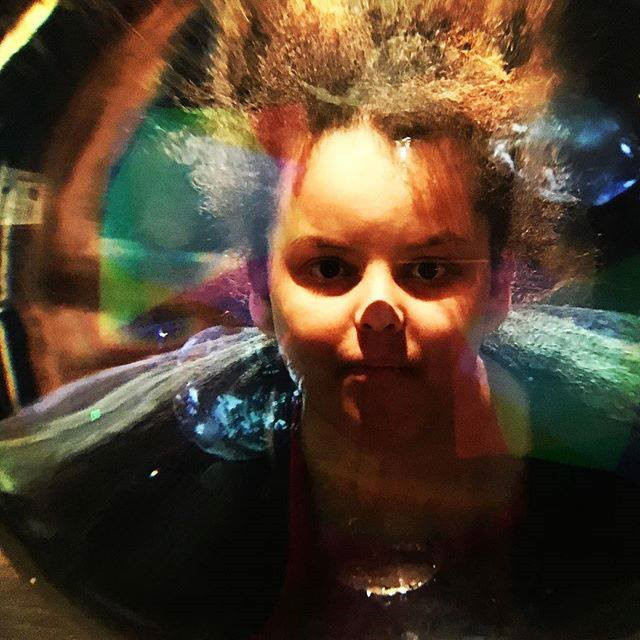
I keep thinking about that video of the white police officer abusing those two boys, of the young Black girl who yelled at the officer, trying to stop him from violating her friends. She directed someone off screen to hold the camera and tried to bring some sense of justice to an incredibly violent moment.
In this video, it is clear that it is the white police officer who lacks control over his own responses, who comes into children’s play space and throws a temper tantrum resulting in two children being physically violated. It is the Black girl who demands justice, who attempts to bring order in the midst of the police officer’s chaotic violence.
This country is built on state-sanctioned child abuse. These days it’s hard for me to pull myself from the news as I watch the videos of Brown and Black children being pulled away from their parents for the “crime” of crossing a border. Being kidnapped and placed in internment camps by the US. All this violence, so that white people who have segregated themselves away from the rest of humanity into small towns can keep feeling “safe”.
Honestly, I don’t have some great political action plan for how to stop this violence against Black and Brown children. I am a storyteller, a poet. I share what I see, what I experience, what I know. What I know is that Black and Brown children need to live in joy and safety. What I know in my bones is that apartheid is evil. Art puts a mirror up to the world and asks, “Who are you in this scene?” And in this small town, each of us must decide who we want to be. The white woman who called the police to stop Black joy? The person holding the camera? The police officer carrying the authority of state violence? Or the Black girl in the video, angry, demanding justice, trying to keep the most vulnerable safe, speaking directly in the face of chaotic, oppressive power?
This piece was commissioned and developed as part of a series by guest editor Matthew Fluharty.